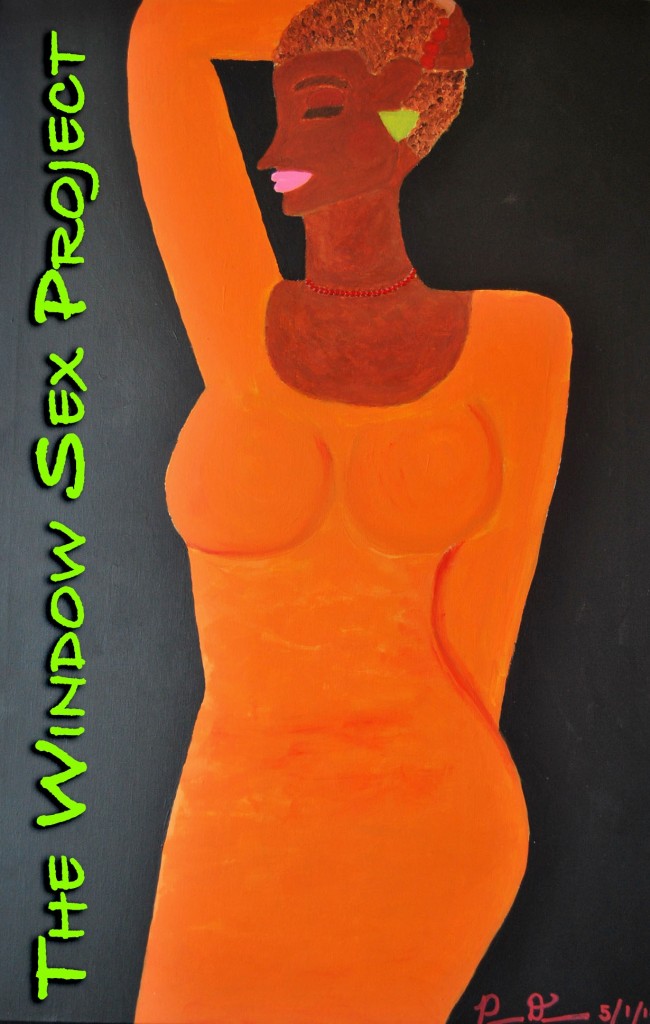Read stories, news articles, blog posts, and tweets about street harassment from the past week and find relevant announcements and upcoming street harassment events.
** Sign up to receive a monthly e-newsletter from Stop Street Harassment ***
Street Harassment Stories:
Share your story! You can read new street harassment stories on the Web from the past week at:
Stop Street Harassment Blog | “Street Respect” stories
In the News, on the Blogs:
* Racialicious, “Unsafe in Seattle”
* Feministe, “So There’s a Woman Dressed All Sexy-Like: Your Role as Observer“
* Huffington Post, “Street Harassment is Everywhere; What do We Tell Our Daughters?“
* Negin Dahya, “Big City Etiquette“
* HR Daily Advisor, “I Stopped My Harasser in His Tracks” and HR Daily Advisor, “How to Respond to a Harasser? 10 Things to Say“
* The Times of India, “On Diwali eve, many roads without street-lights“
* Reuters, “NY may close bus service that makes women sit in back“
* Gender Across Borders, “Street Culture“
* Her campus University of Leeds, “Street Harassment – The Daily Battle“
* Cool Age, “That evil called ‘street harassment‘”
* NY1, “Police Ramp Up Search For Queens Sexual Assault Suspect“
* LiveMint.com, “A girl’s guide to public speaking“
Announcements:
New:
* Sign the petition to tell Toronto Police to stop blaming victims for street harassment and sexual assault!!
Reminders:
* Participate in a “Taking Back Halloween” contest and show off your creativity for creating non-sexy costumes
* Donate to Students Active for Ending Rape so they can mentor and teach students to advocate for safer campuses!
* If you’re in London, help a Ph.D. student out with her dissertation research by meeting to share your street harassment stories.
* Contribute to the Monday “Street Respect” series that highlights the type of stories we want to see instead of street harassment stories!
* Call for men to share views/stories about street harassment
* Sign Mend the Gap’s petition to address subway harassment in Delhi, India
* Are you in Egypt? Use HarassMap to report your street harassers
* Have an iPhone? Download the Hollaback iPhone app that lets you report street harassers
10 Tweets from the Week:
1. Karnythia What I will do to protect myself is nothing compared to what I will do to protect my child. You won’t be here to engage in #streetharassment
2. nualacabral Excited to speak out on #streetharassment at the Media That Matters Film Festival this wk in NYC. mediathatmattersfest.org/news/media_tha… #p2 #fem2
3. feministteacher Students @lreinyc are writing their own responses to #streetharassment via spoken word, poetry, response yfrog.com/h7bltugj @GGENYC
4. rlalita @Bell_Bajao censors should ban every Bollywood movie with eve teasing, street harassment, & any form of abuse against women. #rewrite
5. cathredfern YES. Just successfully challenged street harassment i am shaking now so much
6. MarwanAnwar #EgyptianMisconception Hitting on random girls on the streets would make you the coolest person ever born
7. VAWMonth Read today’s live chat with @BLANK_NOISE on Street Violence Against Women by following #VAWAM.
8. HollabackCHD #KeenanSantos lost his life standing up against #streetharassment He chose to speak up. Will you? chd.ihollaback.org/2011/10/keenan…
9. PamelaScully Street harassment against women is most visible symptom that society uses fear to control more than 1/2 the population. huff.to/vclgbY
10. HollaBackBmore Women don’t always have the time or safety margin to determine between #streetharassment and a compliment. ow.ly/7d6au



 The cupcakes are here because, as part of the Pixel Project’s “
The cupcakes are here because, as part of the Pixel Project’s “